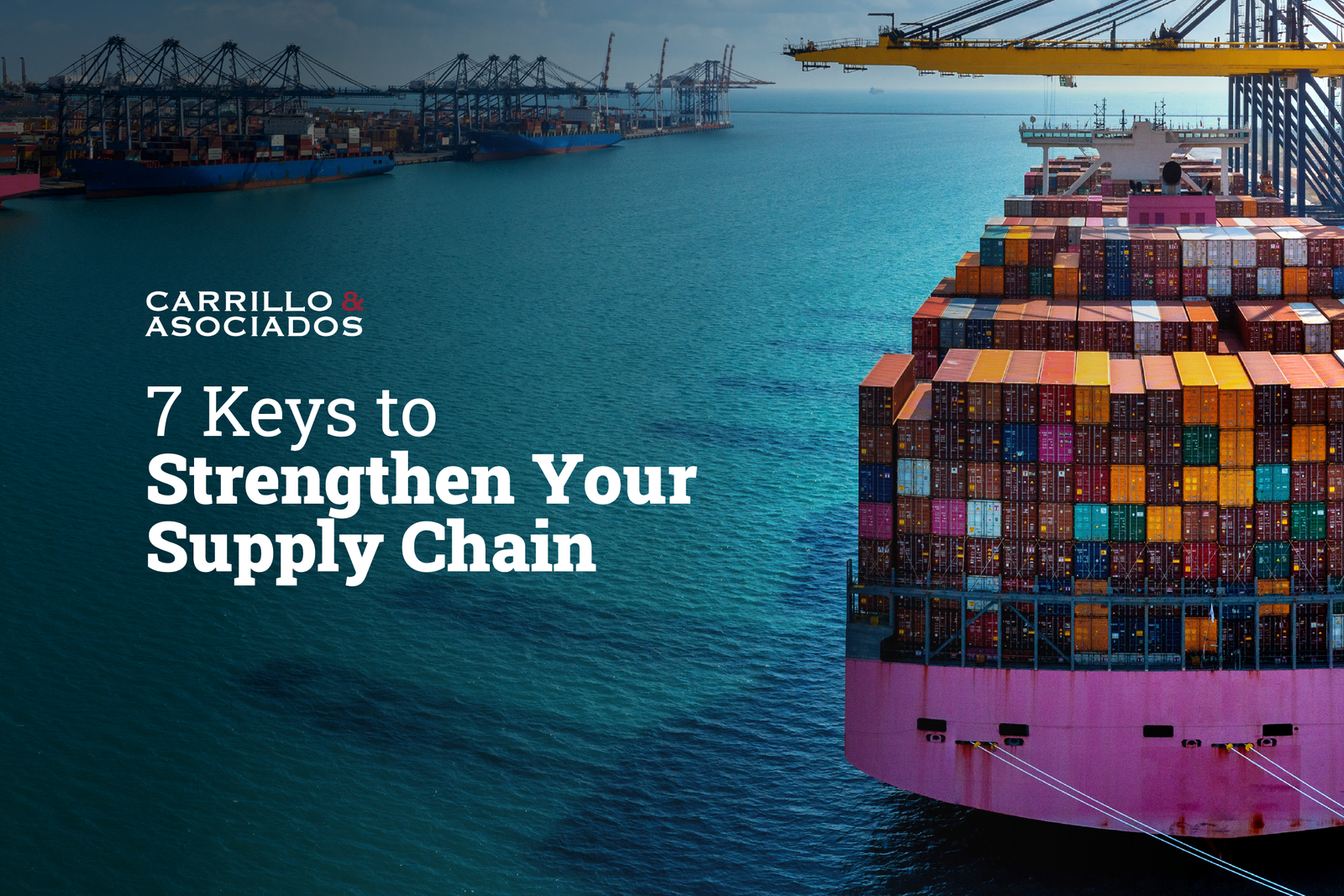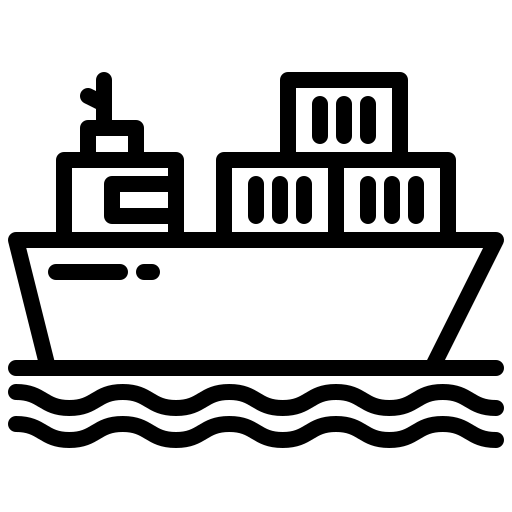
2024 has presented new challenges for supply chains in Guatemala and the region. In June, Quetzal Port (puerto Quetzal), one of the country's most important seaports located on the Pacific Ocean, came close to losing the operation of one of its container terminals. To date, this possibility persists , and it is unclear when it will be fully resolved.
Climate change has also had an impact on trade. In the first half of the year, the El Niño phenomenon caused a drought that limited the Panama Canal's ability to move ships. Its operations have been unable to recover from the 2023 delays and are not expected to do so until 2025.
These events increase pressure on companies and their margins. However, with proper planning and risk mitigation strategies, it is possible to maintain the profitability and operability of your business.
Challenges and Strategies
The main problems in Guatemala's supply chains are in the transportation of goods and port conditions, especially challenges such as lack of dredging, long waiting times for loading and unloading, and outdated processes that could be digitalized, to name a few.
In that sense, to address potential risks it is necessary to review your transportation contracts (land, sea and air), as they play a fundamental role in ensuring that goods are moved efficiently and safely from their origin to their final destination.
In the international arena, the transportation contract becomes even more relevant due to the risks associated with freight, insurance and delivery times. Below, we share a series of challenges and opportunities to mitigate these problems.

1. Time of payment
In local contracts, it is common for payment to be made upon delivery of the goods. However, in international contracts this does not always coincide with the delivery date, which may generate uncertainty.
To mitigate this risk, it is recommended that documentary credits (letters of credit) be used to ensure that the buyer will pay the supplier once the terms of the contract have been fulfilled and the required documents have been presented.
In addition, partial or advance payments can be made as contract milestones are reached and export credit insurance can be used to protect the supplier against the risk of non-payment.

2. Quality of goods
Merchandise may be damaged or lost. To prevent these risks, it is essential to take out insurance to cover damage and loss, carry out pre-shipment inspections and use Incoterms to clearly define responsibilities.
In addition, establishing a liability regime in the contract can help mitigate problems related to the quality of the goods shipped.

3. Applicable law and dispute resolution
It is essential to define the applicable law, jurisdiction and competent forum in case a dispute arises between the parties involved.
An applicable law clause determines which legislation will govern the contract, while a dispute resolution clause specifies the competent court or alternative dispute resolution method. These clauses are essential to have a plan of action and avoid lengthy and costly litigation.

4. Tarriff barriers
Resolution trend in global trade is protectionism. This means that governments are choosing to impose restrictions and tariffs on foreign products to strengthen their domestic industries or to fight disputes with other countries.
Free trade agreements and tariff preference programs can be used to reduce or eliminate tariffs. However, it is important to consider the possibility that this may change in the future.
To ensure that changes in tariffs do not generate conflicts or represent losses, contractual clauses such as a price review clause can be included. This allows contract prices to adjust to changes in tariffs and the exporter will not have to absorb the costs.

5. Non-tarriff barriers
Environmental, phytosanitary and protection requirements for local entrepreneurs are barriers that can complicate the import and export process.
To address these challenges, it is crucial to research and comply with importing country-specific regulations and obtain the necessary certifications. Including regulatory compliance clauses in contracts can help ensure that all parties involved adhere to the relevant regulations, thereby reducing the risk of penalties and delays.

6. Delivery delays
Port congestion, strikes, or lengthy customs procedures can lead to delays in the delivery of goods, and thus to significant contractual defaults.
To minimize this risk, it is crucial to include contingency clauses in transportation contracts that contemplate these eventualities and establish protocols to manage them.
Constantly monitoring conditions at ports and having contingency plans to reroute goods to other ports helps maintain supply chain continuity.

7. Geopolitical and environmental risks
Geopolitical events can generate disruptions in supply chains. The Israeli-Palestinian conflict is a case in point, as Yemen's Houthi rebels have attacked ships in the Red Sea in response to the confrontation. Shipping companies have indefinitely suspended their services in the area, creating complications in global supply chains. As of this publication, they have not resumed operations, except for some small and regional.
Similarly, natural factors, such as hurricanes, floods and earthquakes, can affect the transportation of goods. In Guatemala, in July of this year, rain caused the Palín-Escuintla highway to sink , a critical route for the national economy, which is paralyzed. This adds to the uncertainty in Quetzal Port, located in Escuintla.
To address these situations, force majeure clauses in transportation contracts can protect the parties from liability in these cases and establish procedures for crisis management.
In addition to these suggestions, maintaining transparent and open communication between the parties involved is critical to effective risk management. Failure to do so can lead to increased problems and delays. Having open channels of communication will increase trust between all parties and facilitate the resolution of crises that arise.
With proper planning and effective management together with your business partners, it is possible to meet these challenges and maintain your company's operations and profitability.
If you have any questions or require more information, we are at your service.

